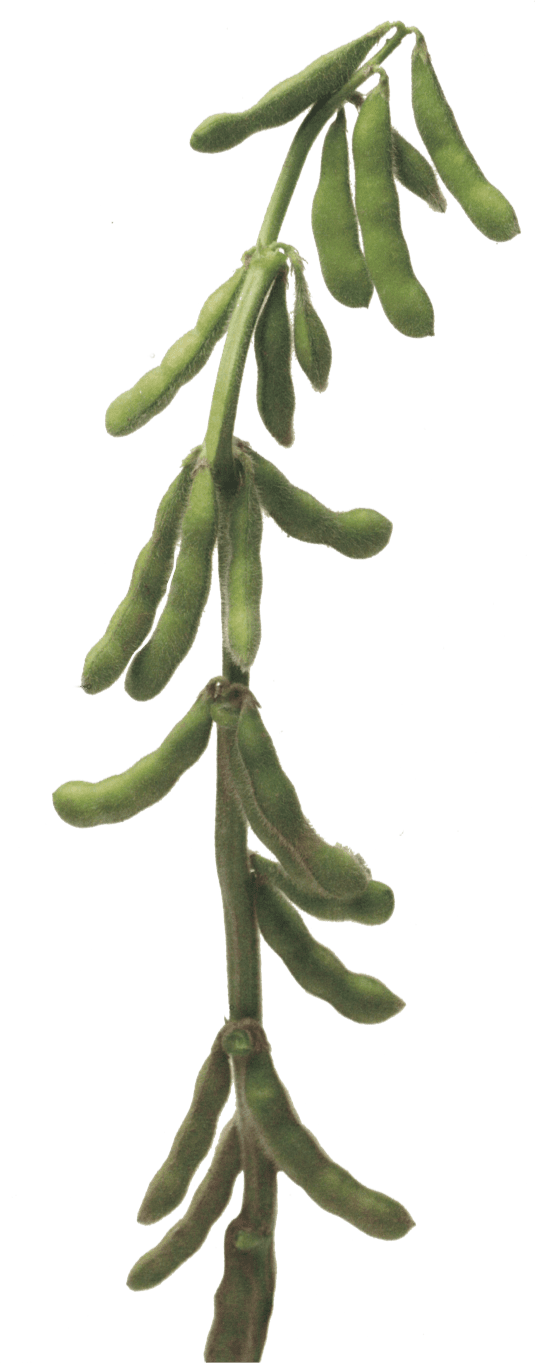
All About Soybeans
What are soybeans?
The bushy, green soybean plant is a legume, related to clover, peas and alfalfa. In Ohio, soybeans typically are planted in April-June then harvested in October. When they flower in the summer, they can produce up to 80 pods per plant. Each pod contains two to four pea-sized beans. Soybeans are grown primarily for processing into meal and oil.
Where are soybeans commonly grown?
The main soybean-producing area is in the Corn Belt and lower Mississippi Valley. At 288 million bushels, Ohio produced about 6 percent of the nation’s soybeans in 2018. Total U.S. soybean production in 2018 was about 4.5 billion bushels. To learn more about production and yield in the U.S., visit SoyStats.com
What are soybeans used for?
Soybeans actually have hundreds of uses, from industrial products like engine oil to food products and animal feeds. Soybeans naturally are rich in protein and oil, and they have the highest natural source of dietary fiber, making them a versatile crop in terms of uses. When soybeans are processed, they typically are cleaned, cracked, dehulled and rolled into flakes. The process separates the oil and meal. The oil can be used in food products like salad dressing or cooking oils, or it can be used in countless industrial products. The meal, which contains the protein, can be used in food products or livestock feed.
How efficient are soybean farmers?
Today’s U.S. farmers grow twice as much food as the previous generation did. They do so using less land, energy and water and producing fewer emissions. U.S. soybeans are being produced more efficiently than they were 30 years ago. From 1980 to 2011, total soybean production increased 96 percent, and the yield (bushels per planted acre) increased 55 percent. Part of that efficiency can be attributed to biotech-enhanced seedstock, which has grown from 77 percent of total soybean acres in 2002 to 94 percent in 2017.
What do soybean farmers provide?
Feed. The livestock industry is the largest consumer of soybean meal. In fact, 97 percent of U.S. soybean meal goes to feed pigs, poultry and cattle. Animal agriculture is soybean farmers’ No. 1 customer. The soybean is the highest natural source of dietary fiber. A 60-pound bushel of soybeans yields about 48 pounds of protein-rich meal and 11 pounds of oil.
Food. Soyfoods – including edamame, tofu, soy milk, soy nuts and other versatile ingredients like textured vegetable protein – offer flavor, texture, nutrition and health benefits. For centuries, soyfoods have played an important role in Asian cuisines. In recent years, they also have become popular in American cuisine. Soyfoods are cholesterol-free, excellent sources of high-quality protein, and they offer a healthy mix of polyunsaturated fat. Each serving of soyfoods provides 7 to 15 grams of protein. Evidence indicates soyfoods reduce the risk of several chronic diseases, including coronary heart disease, osteoporosis and certain forms of cancer. Studies from China and the United States indicate that consuming just one serving of soy each day when young may offer significant protection against breast cancer. Enjoying a cup of soy milk or ½ cup of tofu per day may reduce the chances of developing breast cancer later in life by as much as 50 percent. Experts recommend two or three servings of soyfoods daily.
Fuel. Biodiesel is a clean-burning fuel produced from U.S. renewable resources, including soybean oil. It is building demand and adding value for soybeans, creating environmentally friendly jobs and decreasing the use of foreign oil.
Furthermore. Other soy-based products include wood stains, concrete sealants, caulking, paint, insulation, foam, candles, beauty supplies and more.

